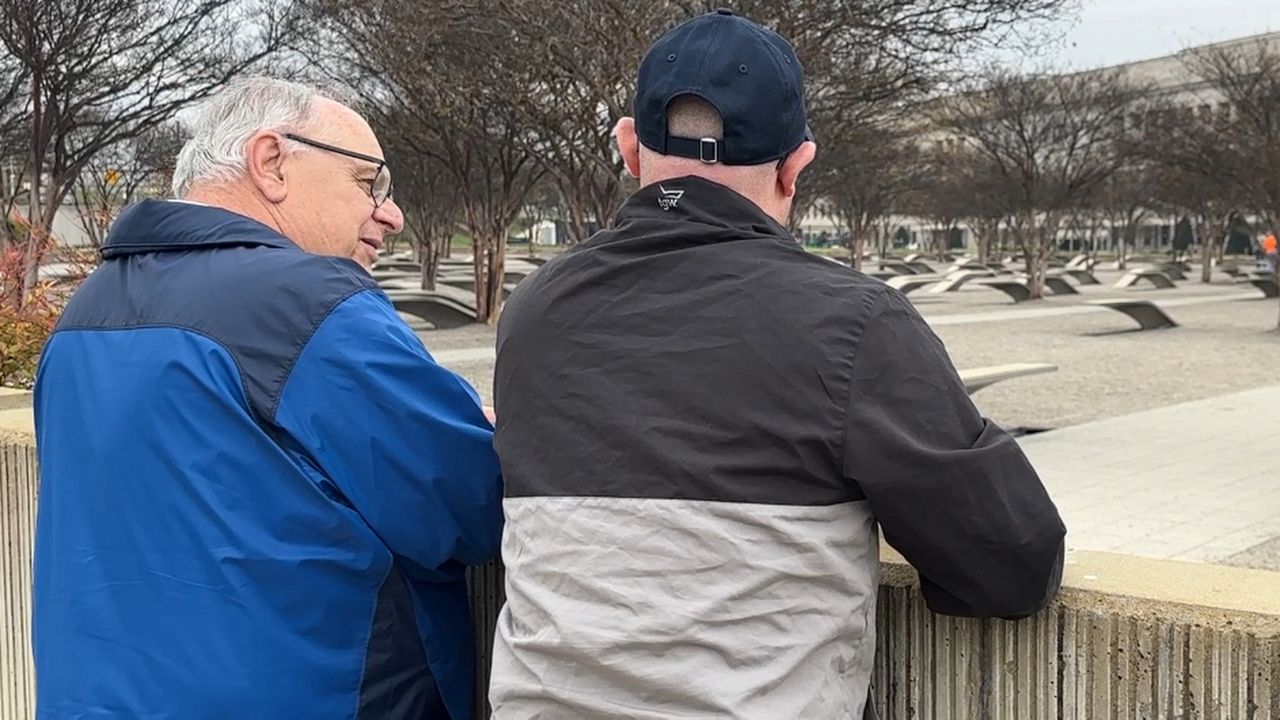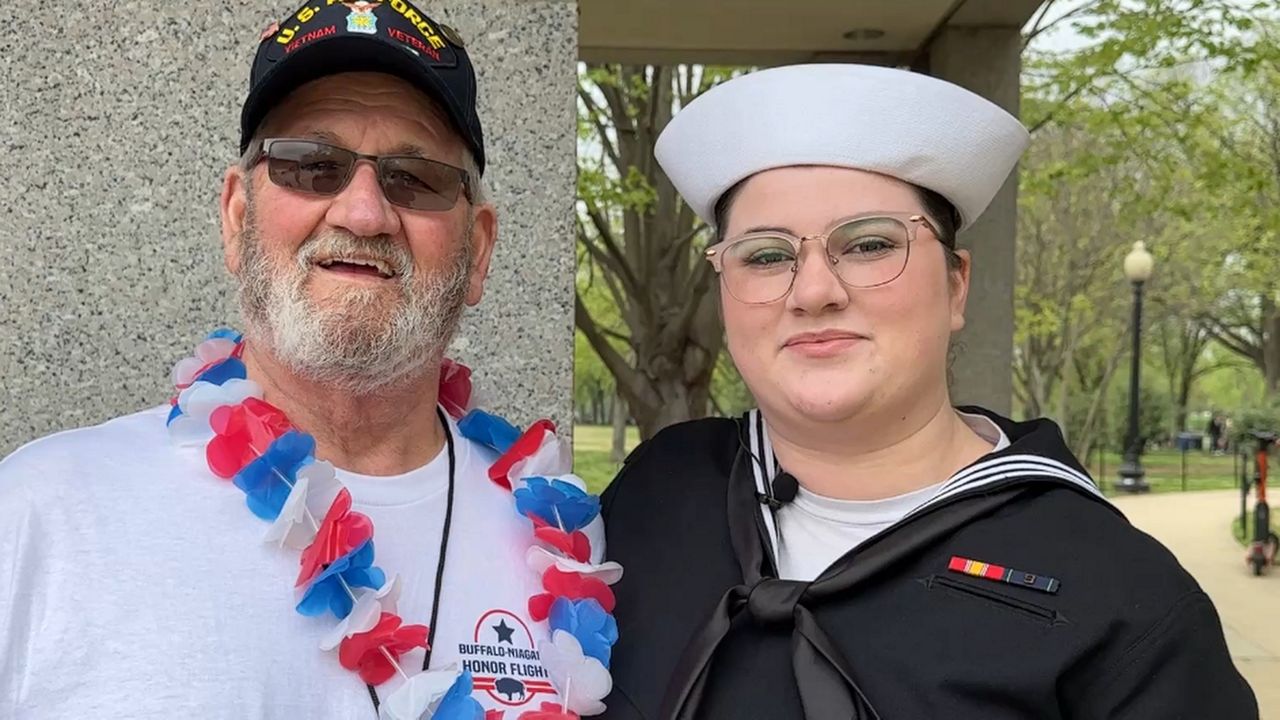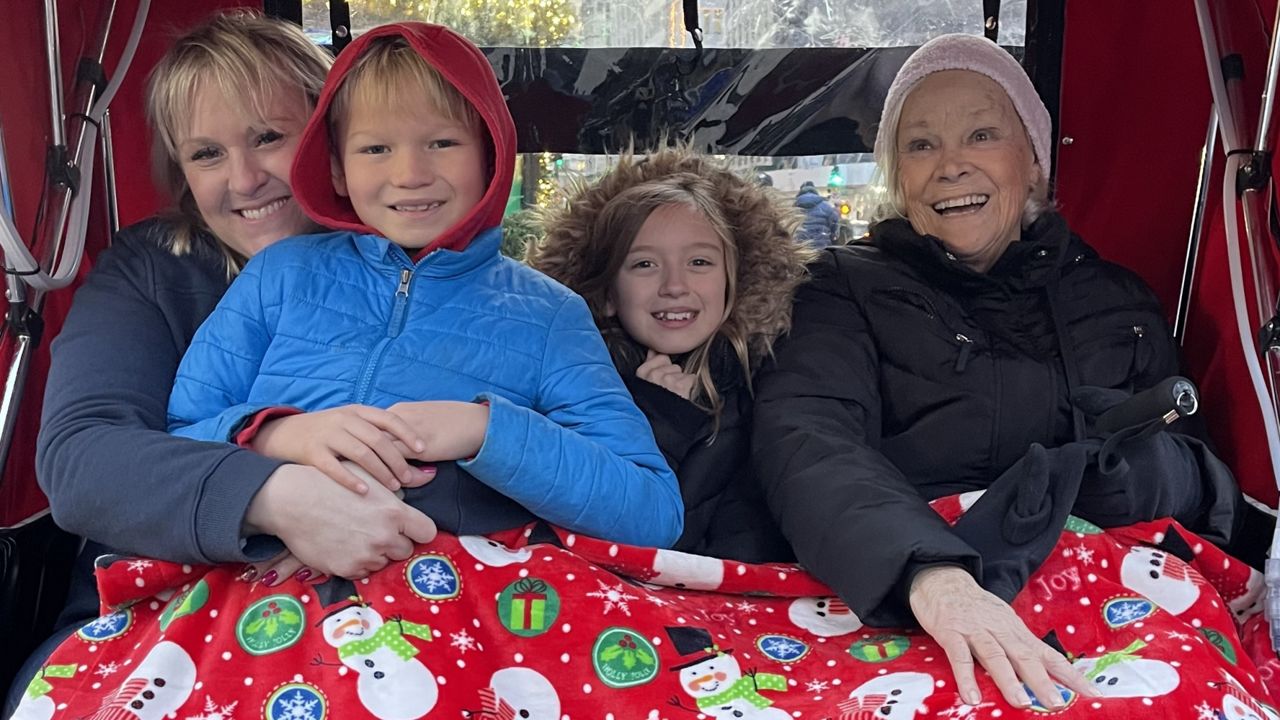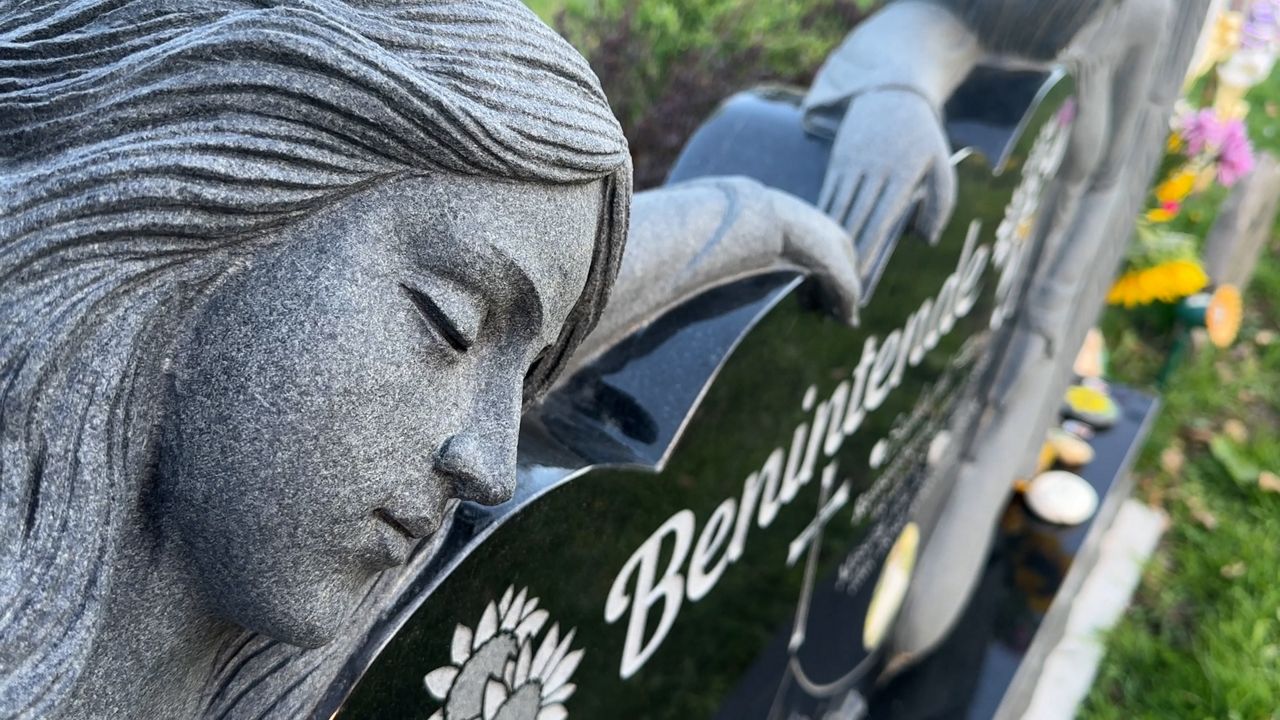Just like any kid, Evelyn Pless finds joy in the world around her. At 7 years old, she realizes that’s a back and forth relationship.
“I consider myself to be environmentalist," Pless said. "Because I’m concerned about the nature.”
When she has questions, she’s not shy about them.
“Now you were asking your mom the other week…what were you asking her about,” asked Spectrum News 1 Buffalo.
“If burying people is good for the earth," Pless responded. "And she said 'I don't know,' so then we looked it up and said no, because it's mostly embalmed people.”
That trek down the Google rabbit hole led them to green burials.
“A green burial would be a burial that number one, did not have a burial vault [...] The second thing is that the casket itself would be made of all natural material, [...] and then the third thing is that, preferably, the body would not be embalmed,” said Greg Wood, co-owner of Wattengel Funeral Homes.
His funeral home one of a handful in New York State certified by the Green Burial Council.
While death is an unavoidable part of life, once a person has passed, they continue to impact the world they left behind, both figuratively and literally.
According to the council, each year U.S. burials use 4.3 million gallons of embalming fluid, 20 million feet of hardwood, 1.6 tons of concrete, 17,000 tons of copper and bronze, and more than 64.5 tons of steel.
Wood gets about a call a week about these burials, but has only done 6 since getting his certification in 2010.
The question is: why?
“A lot of people have graves already and they're disappointed when I tell him that that particular cemetery doesn't allow green burials,” Wood explained.
According to the National Funeral Directors Association, in 2022 interest in green burials was up to 60.5%, a 5% raise from 2021.
“I was like, 'Oh, this is actually a movement,'” said Wood.
Gov. Kathy Hochul gave the green light to human composting last December.
As more green options pop up, Wood expects the business will catch up.
“I think someday you're gonna see most cemeteries will have a green burial section,” he explained.
As for Pless, as long as there’s someone else to take care of the remains, she's all in.
“I would not want a dead person in my backyard,” she laughed, "[But] I think it’s pretty cool and that I might do it. It just feels really nice being next to a person that you buried and then made into something really good.”
So whether she’s gardening, composting, or just enjoying the sights around her, this little environmentalist is spreading the word.
“If I talked about it with more kids and grown-ups [...] then it would start being popular,” she said.
The goal? That when people go to a better place, so does the Earth.
“I think that they gotta take care of the environment because this is the only planet that human life is here,” explained Pless.
Wood says green burials are on a spectrum, it all depends on the person's wishes, but they do usually cost less than the average U.S. burial.
That changes with human composting, which can cost about the same, but Wood predicts that'll take some time to gain steam because of the space required and how involved the process is.









